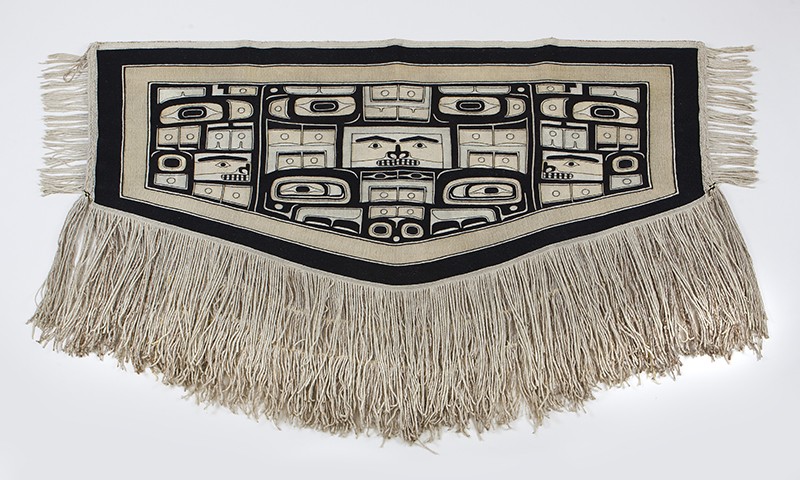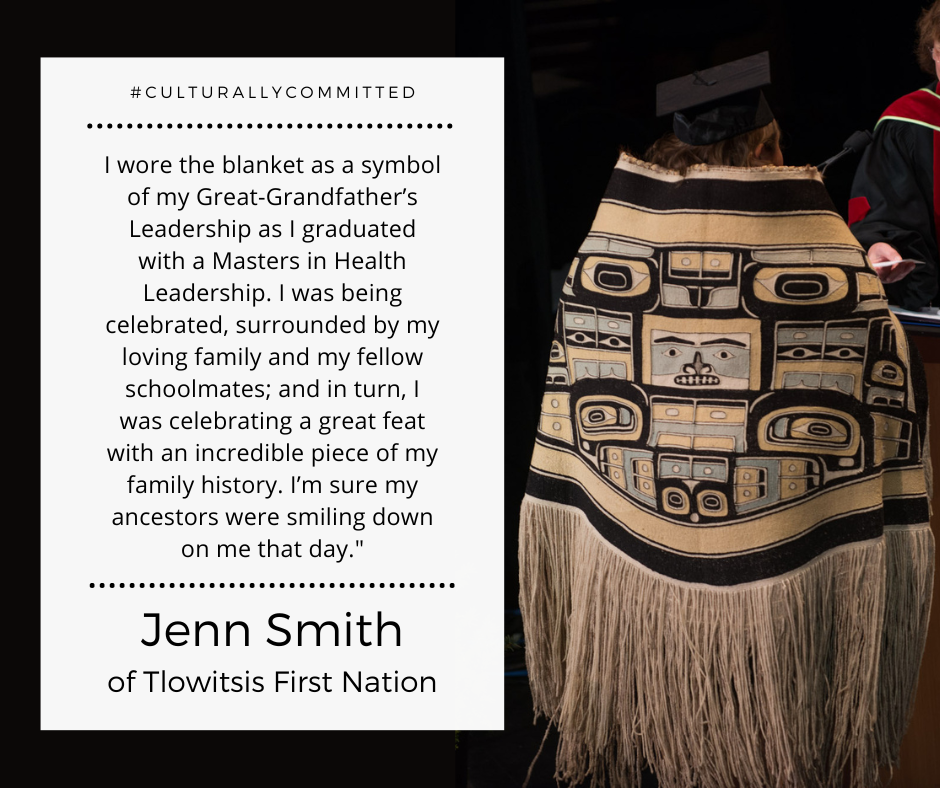
The Woven Soul: Unraveling the Profound Meaning of the Chilkat Blanket
From the mist-shrouded fjords and ancient forests of the Northwest Coast of North America emerges a textile unlike any other: the Chilkat blanket. With its striking geometric precision, vibrant colors, and fluid formline designs, it is immediately recognizable. Yet, to dismiss it merely as a beautiful piece of fabric would be to profoundly misunderstand its essence. The Chilkat blanket is not just an object; it is a living repository of history, a visual language, a conduit to the spirit world, and a powerful symbol of identity, wealth, and resilience for the Tlingit, Haida, and Tsimshian peoples who created and continue to create it. To ask "What is the meaning of the Chilkat blanket?" is to embark on a journey into the very soul of a culture.
A Tapestry of Technique and Material

At its most fundamental, the Chilkat blanket is a marvel of textile engineering. Unlike most woven fabrics that utilize a loom to interlace horizontal weft threads through vertical warp threads, Chilkat weaving is a complex, finger-twining technique. This unique method allows for the creation of intricate, curvilinear designs that would be impossible on a traditional loom, giving the finished piece a distinctive drape and fluidity.
The primary materials themselves are imbued with meaning, reflecting a profound connection to the land and its resources. The warp threads are made from twisted strands of mountain goat wool, often mixed with shredded inner bark of cedar. Mountain goats, hardy and agile creatures of the high peaks, offer a fiber of exceptional warmth and durability. Cedar, a foundational tree for Northwest Coast cultures, provides strength and a spiritual grounding. The weft threads, also of mountain goat wool, are meticulously dyed with natural pigments – typically black from hemlock bark and iron, yellow from wolf moss (or sometimes copper), and blue-green from copper and urine. These colors are not arbitrary; they are the palette of the cosmos, representing the land, the sky, and the deep waters.
The creation of a single Chilkat blanket is an arduous and time-consuming process, often taking a skilled weaver more than a year to complete. The designs are typically drafted by a male artist on a wooden pattern board, which the female weavers then translate into fiber. This division of labor, where men design and women weave, underscores the complementary roles within the society. The immense labor and rare materials inherent in each blanket immediately signal its immense value, not just as an aesthetic object but as a tangible representation of wealth and status.
The Language of Formline: Identity and Narrative
Perhaps the most profound meaning of the Chilkat blanket lies in its visual language: the formline art. This highly stylized system, characterized by flowing, interconnected lines (ovoids, U-forms, S-forms, trigons), depicts highly abstracted animal crests and supernatural beings. These are not simple illustrations; they are sophisticated representations that embody clan lineages, ancestral stories, and spiritual connections.
Each blanket tells a story, often belonging to a specific clan or lineage. The central motif is typically a primary crest figure – a bear, wolf, raven, eagle, killer whale, beaver, or a mythical creature like the Thunderbird or the Sea Wolf. These main figures are often surrounded by and interwoven with secondary and tertiary figures, sometimes representing anatomical parts of the main figure (like eyes or joints), or other associated spirits and stories. The designs are often symmetrical, mirroring the balance found in nature and the cosmos, yet filled with a dynamic tension that makes them appear to pulse with life.
For the Tlingit, Haida, and Tsimshian, the Chilkat blanket serves as a powerful form of heraldry, a visual declaration of identity and ancestry. It is a living family tree, a library of inherited knowledge woven into every thread. When a chief or high-ranking individual wears a Chilkat blanket, they are not just adorned; they are embodying their ancestors, their lineage, and the very spirit of their clan. The blanket proclaims their right to host ceremonies, to speak, and to lead. It is a testament to their deep roots in the land and their place within the social fabric.
Ceremonial Power and Spiritual Connection

Beyond its role as a marker of identity and wealth, the Chilkat blanket’s meaning is deeply rooted in its ceremonial function. These blankets were primarily worn during important potlatches, dances, and other significant public ceremonies. When a dancer moves, the unique fluidity of the blanket allows the formline designs to appear to undulate and come alive, embodying the spirit of the crest animal it depicts. This kinetic quality transforms the wearer, making them a conduit for ancestral power and spiritual connection.
"When a Chilkat blanket moves, the spirits of the ancestors dance," is a common sentiment among the communities. The blanket bridges the gap between the physical and spiritual worlds. The animal crests are not just symbols; they are often seen as spirit helpers, embodying specific powers and characteristics. Wearing a blanket with a Raven crest, for example, might invoke the Raven’s trickster nature or its role as a bringer of light and knowledge. The act of wearing the blanket in ceremony is a sacred performance, a reaffirmation of the ancient ties between humans, animals, and the spiritual realm. It is a way of honoring the past, asserting the present, and ensuring the continuity of cultural traditions.
The very act of weaving is often considered a spiritual journey. Weavers describe feeling connected to their ancestors and to the spirits of the mountain goats and cedars from which their materials are sourced. Each knot, each twined strand, is imbued with intention and prayer, making the blanket not just an object of beauty, but a sacred artifact charged with spiritual energy.
A Legacy of Resilience and Revival
The profound meaning of the Chilkat blanket faced severe threats during the era of colonization. With the imposition of foreign governance, the suppression of Indigenous languages and spiritual practices, and the infamous potlatch ban (in effect in Canada from 1884 to 1951), the weaving tradition faced near extinction. Potlatches, central to the display and transfer of Chilkat blankets, were deemed illegal, leading to the confiscation of many priceless regalia. The knowledge, once passed down through generations, was fractured, and the number of active weavers dwindled dramatically.
Yet, the spirit of the Chilkat blanket, like the cultures it represents, proved resilient. In the latter half of the 20th century, a powerful movement for cultural revitalization began. Dedicated master weavers, often working from old photographs, museum collections, and fragmented oral histories, painstakingly relearned the intricate techniques. Figures like Jennie Thlunaut (Tlingit, 1891-1986), often credited with saving the art form, dedicated their lives to teaching new generations, ensuring that the knowledge would not be lost.
Today, the Chilkat blanket continues to be woven, taught, and celebrated. It stands as a powerful symbol of cultural survival, pride, and the enduring strength of Indigenous identity. Contemporary weavers, while honoring traditional designs and techniques, also push the boundaries, creating new expressions that speak to modern experiences while maintaining a profound connection to their heritage. These blankets are not just museum pieces; they are living testaments to an unbroken chain of artistic and spiritual practice. They are worn in ceremonies, displayed in homes, and revered as potent symbols of continuity and cultural reclamation.
The Enduring Soul
In conclusion, the meaning of the Chilkat blanket is multifaceted and deeply intertwined with the worldview of the Northwest Coast Indigenous peoples. It is a testament to extraordinary artistic skill and technical ingenuity, a visual language that narrates history and lineage, a powerful ceremonial object that connects humans to the spiritual realm, and a symbol of wealth and social status. More profoundly, it is a vibrant embodiment of cultural resilience, a tangible link to the past that continues to inform and inspire the present.
Each thread, each formline, each color in a Chilkat blanket tells a story, not just of its making, but of a people, their land, their ancestors, and their enduring spirit. It is a woven soul, eternally dancing, speaking, and affirming the rich tapestry of life on the Northwest Coast. To understand the Chilkat blanket is to begin to understand the profound depth and living power of Indigenous cultures that continue to thrive and contribute their unique brilliance to the world.


